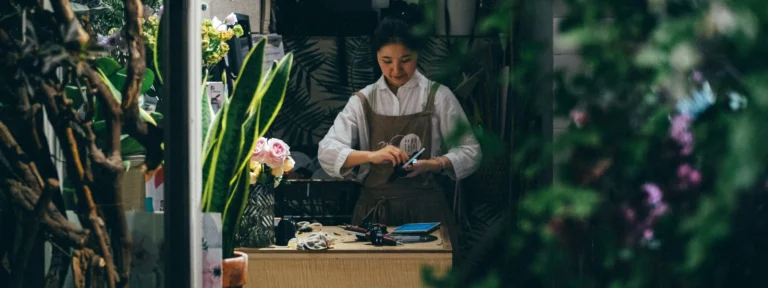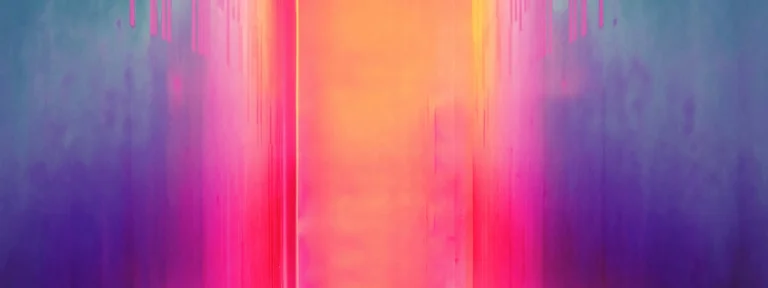In today’s rapidly evolving technological landscape, digital art has emerged as a revolutionary medium that has transformed the way artists create and express themselves. With its powerful tools and endless possibilities, digital art has captivated the imagination of both seasoned traditional artists and newcomers to the art world. I will delve into ten essential tips for digital artists that will guide you as you embark on your journey into the exciting world of digital art.
If you find yourself contemplating a transition to the digital realm or are a budding artist curious about exploring the vast potential of digital art, you’ve come to the right place.
I recently started utilizing digital art, finally breaking down and buying a digital tablet to practice and expand upon my skills.
The advent of digital art has brought about a paradigm shift in the way artists approach their craft. The fusion of traditional artistic skills and cutting-edge digital tools has opened up new dimensions of creativity, enabling artists to push boundaries, experiment with different techniques, and create stunning artworks that were once unimaginable.
The allure of this digital medium lies not only in its versatility but also in the freedom it offers artists to explore and express their ideas in ways that were previously unattainable.
Whether you are an experienced traditional artist seeking to expand your horizons or a novice artist taking your first steps into the realm of art, I will provide you with invaluable guidance and insights to navigate the digital art landscape. From selecting the right equipment and software to honing your skills and finding your unique artistic voice, these ten tips will help you establish a strong foundation and embark on a fulfilling digital art journey.
Table of Contents
- Tip 1: Invest in the Right Equipment
- Tip 2: Choose the Right Software
- Tip 3: Get Familiar with the Tools and Interface
- Tip 4: Master the Basics of Traditional Art
- Tip 5: Explore and Experiment
- Tip 6: Learn From Others
- Tip 7: Practice, Practice, Practice
- Tip 8: Build a Strong Foundation
- Tip 9: Take Breaks and Rest
- Tip 10: Embrace the Learning Process
- Conclusion
Tip 1: Invest in the Right Equipment

To kickstart your digital art journey, you’ll need the right tools.
A reliable computer or tablet with a pressure-sensitive stylus is essential. Consider factors such as display size, resolution, pressure sensitivity, and color accuracy when choosing your equipment.
While it may seem like a significant investment upfront, it will be crucial in achieving the desired quality and efficiency in your digital artwork.
Tip 2: Choose the Right Software
With a plethora of digital art software available, selecting the right one for your needs is vital.
Popular options like Adobe Photoshop and Corel Painter offer a wide range of features but don’t limit yourself to just those.
Explore other software options such as Clip Studio Paint, Procreate, and Krita.
Each software has its own unique features, so find the one that suits your style and workflow the best.
Tip 3: Get Familiar with the Tools and Interface
Once you’ve chosen your preferred software, take the time to learn its tools and interface. Digital art software can be complex, but investing time in understanding its various features will pay off in the long run.
Watch tutorials, read guides, and experiment with different tools to familiarize yourself with their functionalities.
The more you understand the software, the more efficiently you can bring your creative ideas to life.
Tip 4: Master the Basics of Traditional Art
Even though you’re making the switch to digital art, mastering the fundamentals of traditional art is still crucial.
Concepts like composition, color theory, perspective, and anatomy apply to both traditional and digital mediums.
By honing your skills in traditional art, you’ll have a solid foundation to build upon when creating digital artwork.
Tip 5: Explore and Experiment
Digital art offers endless possibilities, so don’t be afraid to explore and experiment. Try out different brushes, techniques, and styles to find your unique artistic voice.
Experimentation is key to discovering new techniques and developing your own signature style.
Embrace the flexibility and freedom that digital art provides and let your creativity soar.
Tip 6: Learn from Others
Join online communities, such as Deviant Art and ArtStation, and forums dedicated to digital art to connect with fellow artists.
Engaging with other artists will not only provide inspiration but also help you learn new techniques and gain valuable insights.
Participate in art challenges, seek constructive feedback, and share your work to grow as an artist. The digital art community is vibrant and supportive, so take advantage of the knowledge and experiences of others.
Tip 7: Practice, Practice, Practice
As with any skill, practice is essential to becoming a proficient digital artist. Set aside dedicated time for regular practice sessions.
Challenge yourself with new subjects, styles, and techniques to improve your skills.
Embrace failures as learning opportunities and don’t be discouraged by initial setbacks. The more you practice, the better you’ll become.
Tip 8: Build a Strong Foundation
Digital art opens up numerous possibilities, from photo manipulation to 3D modeling and animation. However, it’s important to build a strong foundation in the basics before delving into more advanced techniques.
Focus on improving your drawing and painting skills, understanding color theory, and mastering composition.
A strong foundation will allow you to tackle complex projects with confidence.
Tip 9: Take Breaks and Rest
Creating art, especially in the digital realm, can be demanding and time-consuming. Remember to take regular breaks and rest your eyes, wrists, and back.
Prolonged periods of digital art creation can lead to eye strain and other physical discomforts.
Practice good ergonomics, stretch, and take short breaks to maintain your overall well-being.
Tip 10: Embrace the Learning Process
Transitioning to digital art is an ongoing learning process. Embrace the journey and be open to continuous growth and improvement.
Explore new techniques, learn new software updates, and adapt to evolving trends.
Digital art is a dynamic field, and staying curious and adaptable will ensure your success as a digital artist.
Conclusion
Embarking on your digital art journey can be both exciting and challenging. By following these 10 essential tips, you’ll be well-equipped to navigate the world of digital art.
Remember to invest in the right equipment, choose the right software, master the basics, and continuously learn and grow.
With dedication, practice, and a willingness to experiment, you’ll find your own unique voice in the digital art realm.
Enjoy the process, embrace the possibilities, and let your creativity thrive in the digital world.



